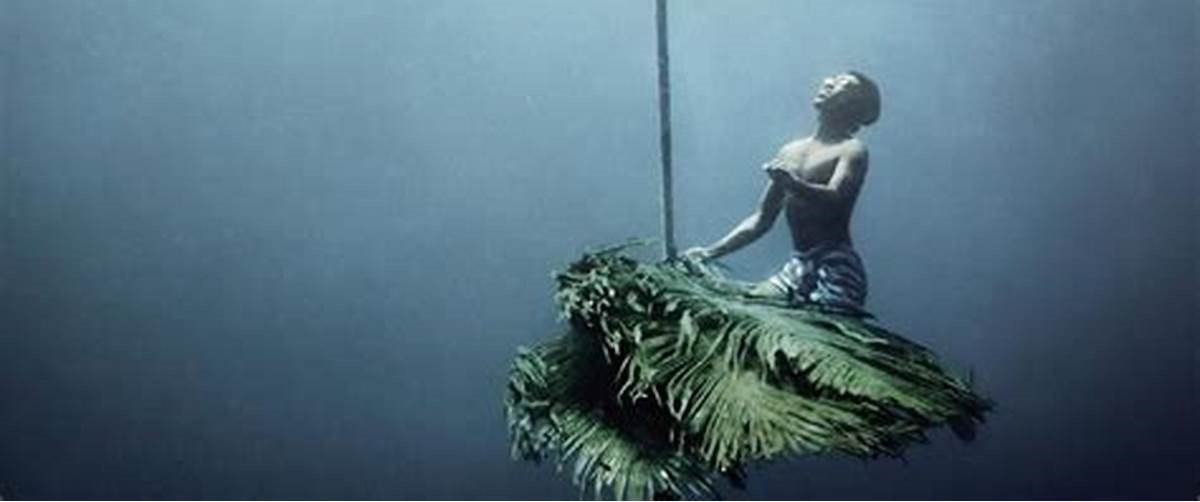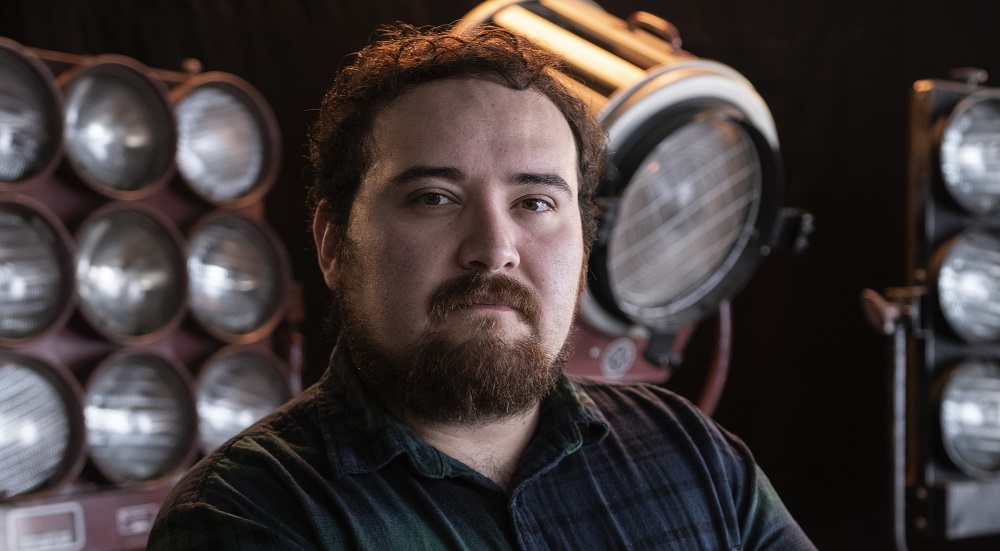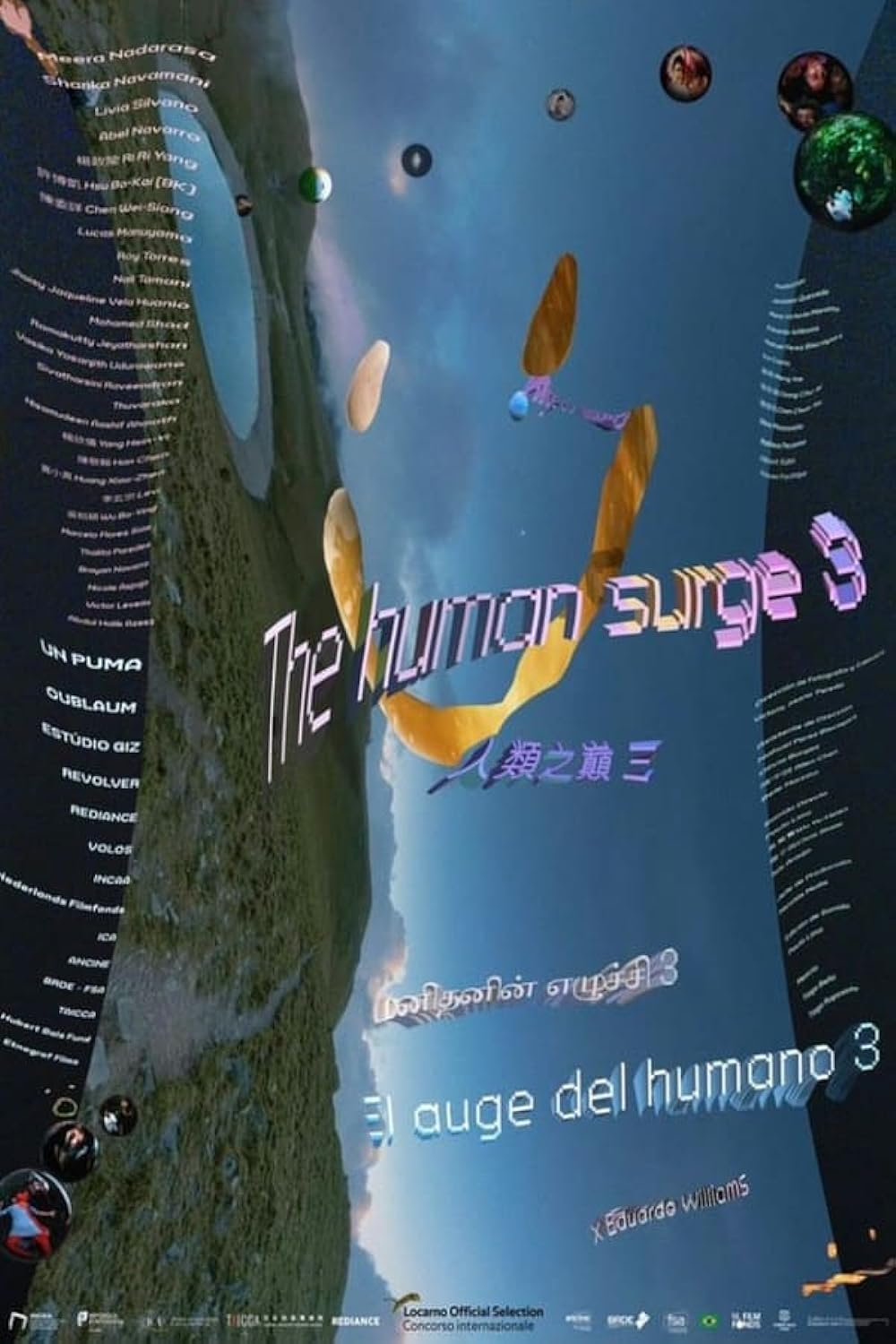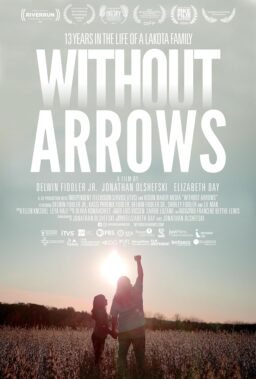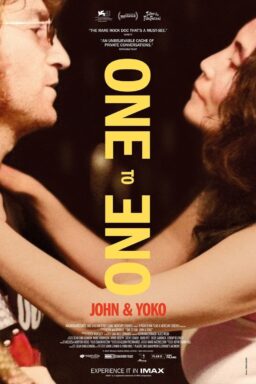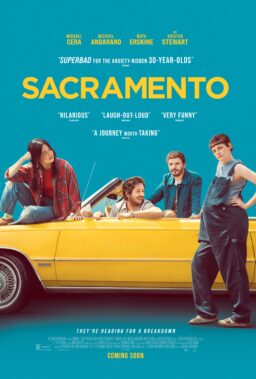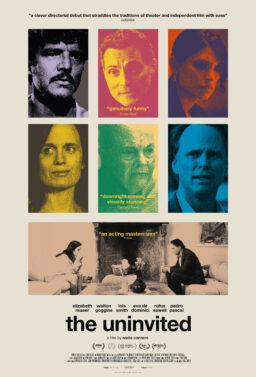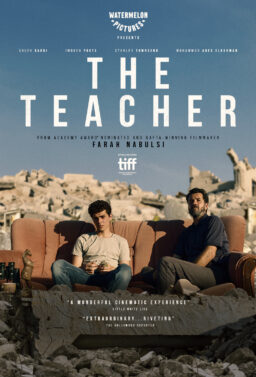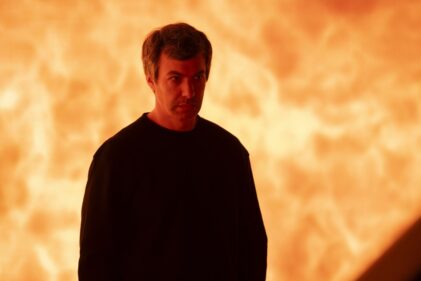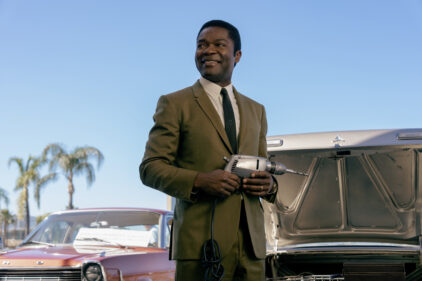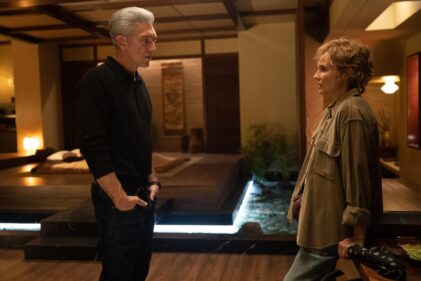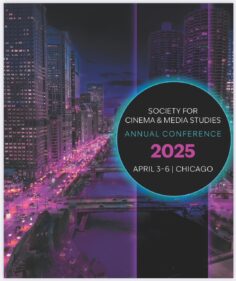We film lovers perpetually bang the drum about how cinema enables us to experience life from perspectives outside of our own. The medium reveals the world and those who inhabit it with singular precision as it observes who we are with a magnifying glass. But while plenty of titles accomplish this effect, none have done it quite like “The Human Surge 3,” the latest experimental work from Argentine visionary Eduardo Williams.
Even more than its predecessor, 2016’s “The Human Surge” (there is no second chapter), this installment feels like seeing with different eyes: not just in a philosophical manner, but because it was filmed with a 360-degree VR camera that distorts the image just enough to disrupt our perception of space and movement within the frame. So immersed is the camera within each of the numerous environments that it evokes a feeling of weightlessness as if a floating, invisible spirit were observing the first-time actors. To call it dreamlike might be oversimplifying but the sensation is that of a heightened reality.
Uninterested in abiding by any narrative precepts, Williams embarks on walking journeys with groups of young vagabonds in Sri Lanka, Taiwan, and Peru, all of whom appear to belong to disadvantaged populations. Particles of slightly more specific information emerge in conversations about the colorful “balloon houses” built in Sri Lanka in the aftermath of a tsunami, the death of one of the Peruvian youths, the danger of pollution, and a plethora of other existential concerns.
The ambitious construction of “The Human Surge 3” comes to light when one realizes their universes overlap, with characters originally from one country appearing without warning in one of the other latitudes. One of the Peruvian girls shows up in the streets of Taiwan, while a Sri Lankan guy pops up in a Peruvian market. In each location, we witness individuals faint without warning. If this is all a dream, does losing consciousness mean waking up?
At first, the dialogue comes off as filler, a soundscape for this slow-paced, fragmented adventure. But then, lines are repeated somewhere else in a different language, as if words reverberate freely across time and space. Sometimes, the text is not spoken by a different character, but the same voice and words we heard in one early sequence return intact once we’ve moved on to another place. The dialogue functions to sonically mimic the circular nature of the 360-image, together forming an audiovisual boomerang, if you will. “We are alive talking about our old age,” several say nonchalantly. Their voices always ring disembodied, loud, and pristine, even if their source isn’t clear.
If you don’t understand any of the languages spoken you might be able to take the entire dialogue track as a collection of words that have no meaning. As a Spanish speaker, the mélange of tongues surging creates a feeling of being momentarily plugged into the audio, just to be unplugged a second later. That rapid language succession augments the disorientation.
Through a political lens, one could read the intermingling of characters as a statement of class solidarity, of a unified global south against the “mega-millionaires.” Despite the geographical distance, they all exist in the same plane of economic precariousness. As we jump between their respective hometowns, the visual similarities deceive our eyes, making the notion that they may all exist in a Pangea-like realm more believable. Williams uses cinema to materialize a physical interconnectivity—a sort of teleportation—still absent from our online lives and perhaps currently only possible for us while asleep. In a not-so-distant future maybe virtual reality can replicate that level of sensorial authenticity.
That the filmmaker chose to skip a second chapter and make this the third one befits the esoteric quality of this formally uncompromising proposition. Part two might be found between the cuts and the long shots in the other two features, still trapped in Williams’ vertiginously exploratory mind. As deliberately impenetrable as this art piece is, its utter commitment to not satiate a desire for discernible meaning allows daring audiences to abandon expectations and accept it on its own terms. Come assuming it will yield exasperation, and you might leave enthralled.
Late in the never-ending, globe-hopping excursion, Williams rids the frame of all human presence to focus on the sounds of the jungle, particularly those of a wandering monkey. At one point, it goes from inert contemplation to high-speed spinning, transforming our field of vision into a kaleidoscopic act of filmic hypnotism.
And then, flaunting one of the most striking elements he displayed in the first “Human Surge,” he follows up with mind-bending transitions. From that point on, the picture fully departs as the multinational group hikes a mountain, and a glitch forces us to ask if they have been in a simulation all along. Have we? With its image folding onto itself like a wave in unstoppable motion, “The Human Surge 3” envelops the senses until the very end.

